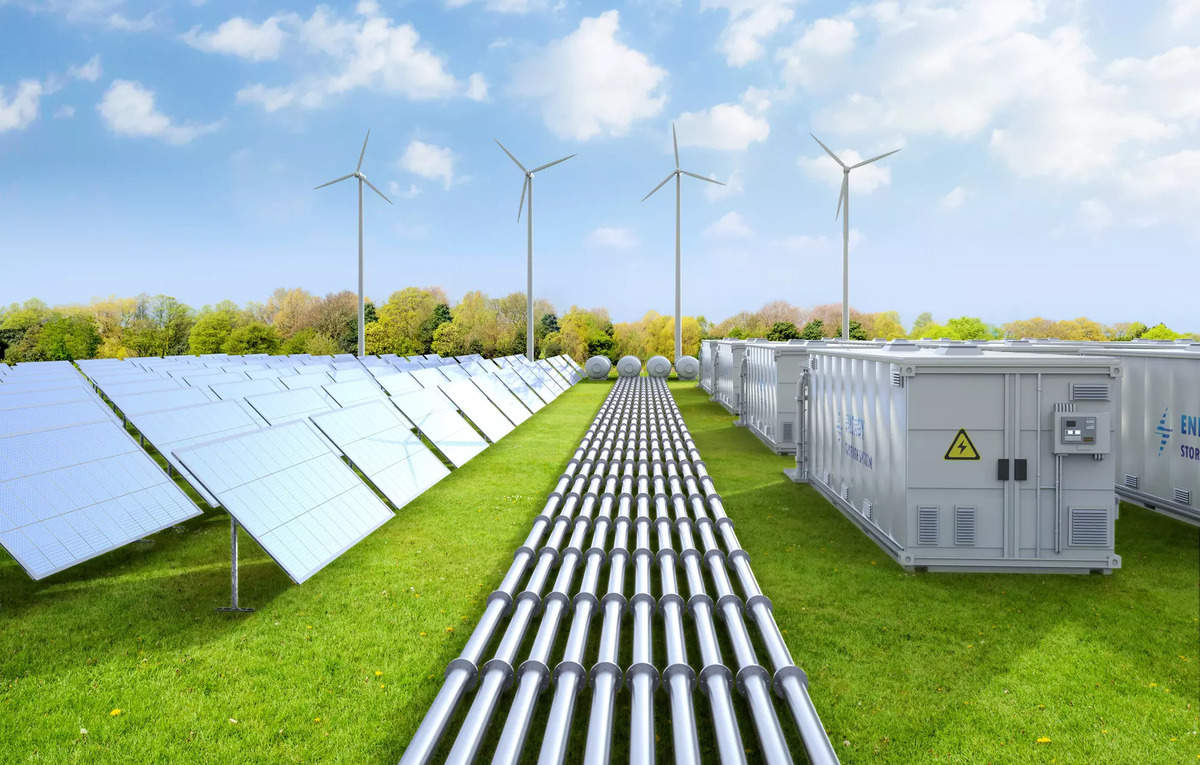New Delhi: India’s infrastructure companies will need to invest between $190 billion and $215 billion in the next seven years to meet the country’s goal of achieving 500 gigawatts (GW) of renewable energy capacity by 2030, according to estimates from ratings agency Moody’s. An additional $150 billion to $170 billion will be required for the expansion and enhancement of electricity transmission, distribution, and energy storage systems.Abhishek Tyagi, a Vice President and Senior Credit Officer, Moody’s, noted, “The sizeable pipeline of announced projects will keep the financial leverage of renewable power companies rated by Moody’s high over the next 2-3 years – a credit negative – but the leverage of government-related issuers will remain moderate over the same period, given their relatively strong balance sheets.”
continued below
While India is aggressively expanding its renewable energy capacities, Tyagi added, “We expect the strong growth in India’s renewable energy capacity to continue, although coal will remain a major source of electricity generation over the next 8-10 years.”
Government policies and stable regulatory frameworks are expected to support the credit quality of these investments. These policies have already assisted in increasing the share of renewable energy to about 43 per cent of India’s total power capacity mix in fiscal 2023 and 2024, contributing significantly towards the country’s 2030 transition targets and its 2070 net-zero ambitions.
Simultaneously, ICRA, an affiliate of Moody’s in India, predicts increased spending on transportation infrastructure, with significant investments expected in roads, ports, and airports. The Ministry of Roads, Transport and Highways (MoRTH) has seen its budgetary allocation for the road sector rise to INR 2.7 lakh crore in fiscal 2025, marking a 22 per cent compound annual growth rate over the past decade.
Girishkumar Kadam, ICRA’s Senior Vice President and Group Head, Corporate Ratings, said, “India’s road construction is expected to grow by 5 per cent-8 per cent to between 12,500 km and 13,000 km in fiscal 2025, following a robust expansion of around 20 per cent in fiscal 2024.”
Investments in airport infrastructure are also on the rise, with around INR 55,000 crore to INR 60,000 crore committed over the next 3-4 years for the development of new greenfield airports, as well as expansions and enhancements of existing facilities.
Overall passenger traffic at airports is forecasted to increase by 8 per cent-11 per cent to between 407 million and 418 million passengers in fiscal 2025, supported by a resurgence in both leisure and business travel, as well as increased international connectivity. Additionally, India’s rapid digitalization is expected to drive approximately INR 1.5 lakh crore into investments in data centers over the next 5-6 years, boosting the country’s digital infrastructure capabilities.
Most Read in Renewable
Join the community of 2M+ industry professionals
Subscribe to our newsletter to get latest insights & analysis.
Download ETEnergyworld App
- Get Realtime updates
- Save your favourite articles

